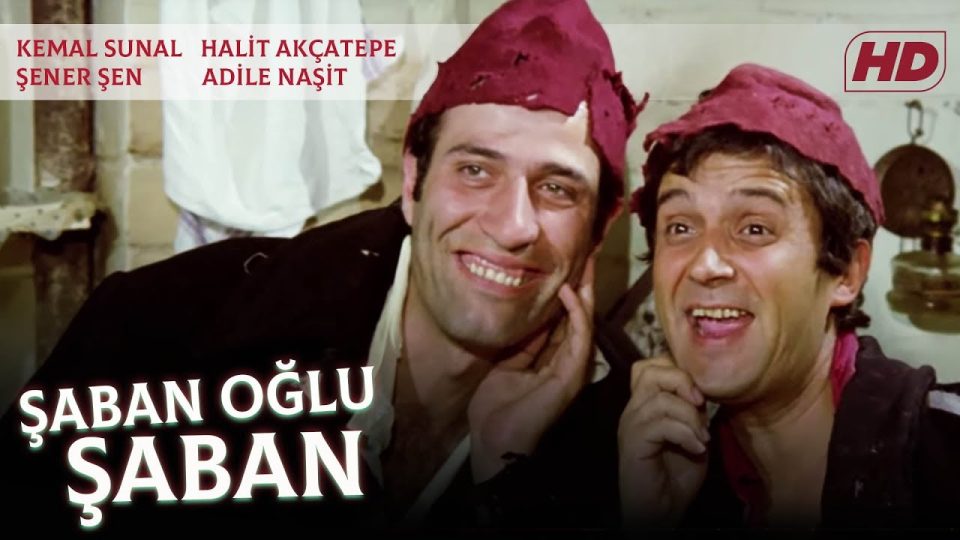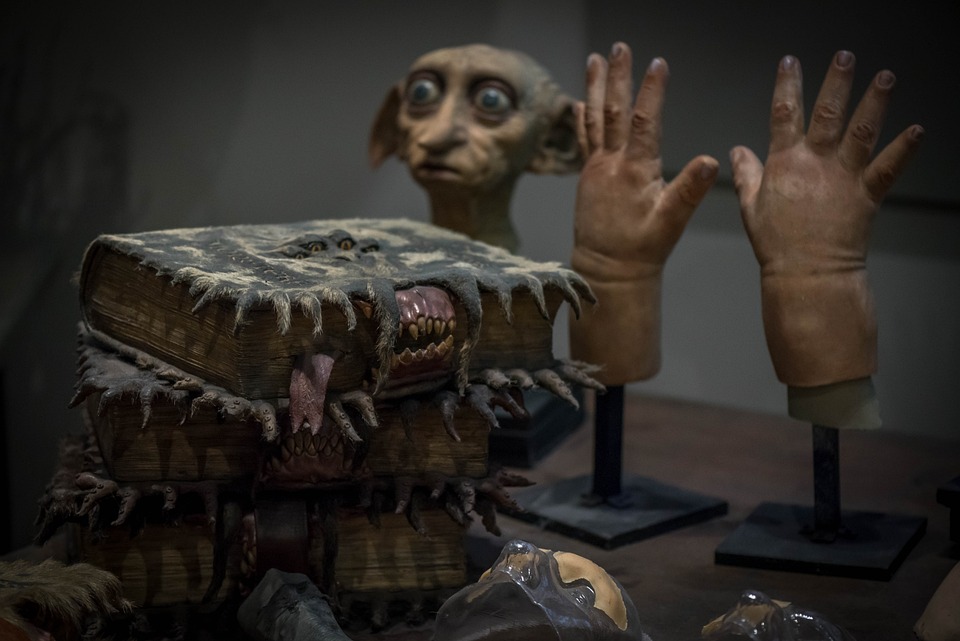The Viking Age, which lasted from the late 8th century to the mid-11th century, had a significant impact on Danish culture and art history. The Vikings were known for their seafaring and raiding abilities, but they also had a complex and sophisticated culture that influenced the development of Denmark.
One of the most notable ways in which the Vikings influenced Danish culture and art history was through their mythology and religion. The Vikings worshipped a pantheon of gods and goddesses, including Odin, Thor, and Freya, and their beliefs and practices had a lasting impact on Danish culture. Many of the pagan symbols and motifs that were important to the Vikings, such as the hammer of Thor and the Valknut, can be seen in Danish art and architecture.
Another way in which the Vikings influenced Danish culture and art history was through their art and craftsmanship. The Vikings were skilled metalworkers, woodcarvers, and weavers, and their intricate designs and patterns can be seen in many surviving artifacts from the Viking Age. These designs and patterns were often inspired by nature, animals, and mythological figures.
The Vikings also had a significant impact on Danish society and politics. The Danish monarchy was heavily influenced by Viking customs and traditions, and many of the early Danish kings were descended from Viking leaders. The Vikings were also instrumental in establishing trade networks and alliances throughout Europe, which helped to shape Danish society and economy.
One of the most enduring legacies of the Vikings in Danish culture and art history is the Viking ship. The Vikings were renowned for their seafaring abilities, and their longships were some of the most advanced vessels of their time. These ships were often adorned with intricate carvings and decorations, and they played an important role in both Viking warfare and exploration.
The Vikings also had a significant impact on Danish literature and storytelling. Many of the tales and legends that were passed down through the generations were based on Viking mythology and history, and these stories continue to be an important part of Danish culture today.
In conclusion, the Vikings had a profound impact on Danish culture and art history. Their mythology, religion, art, craftsmanship, society, and politics all played a significant role in shaping the culture of Denmark. Today, the legacy of the Vikings can be seen in everything from Danish architecture and design to literature and storytelling.












